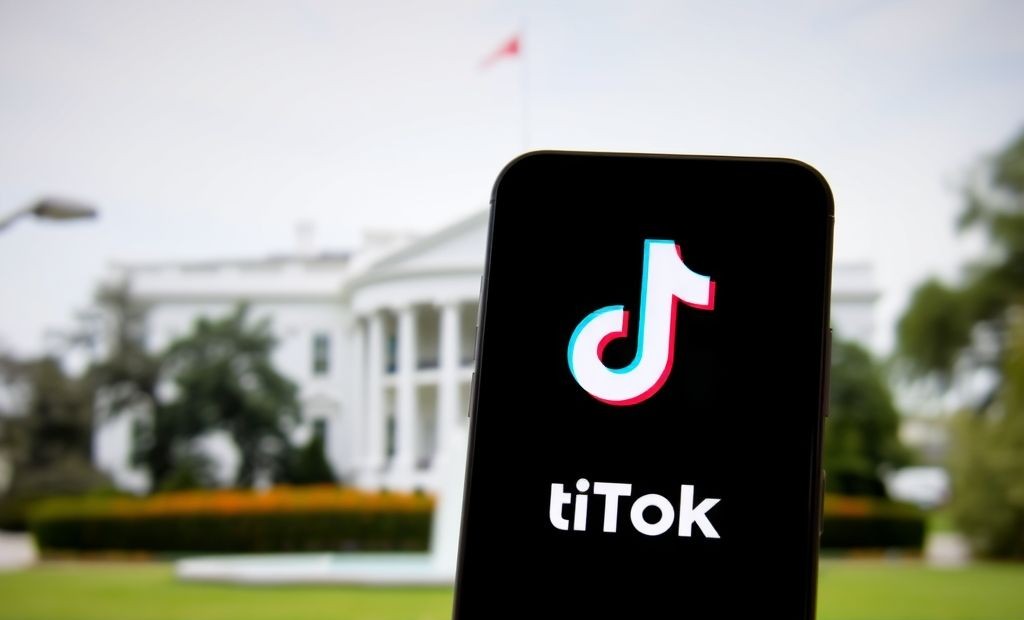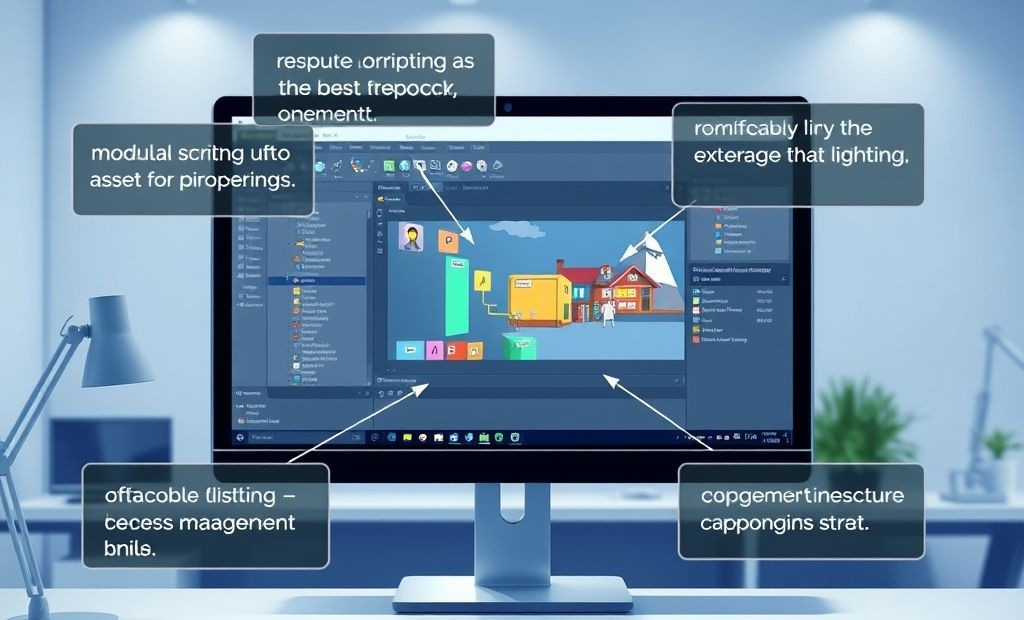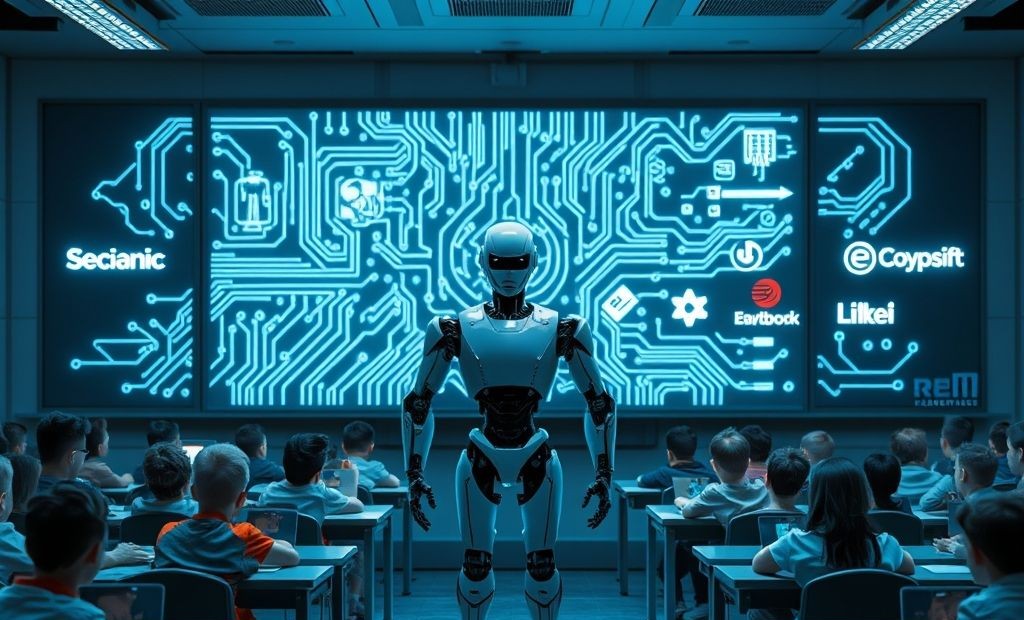Week in Review: Apple’s Pricing Decision
This week, all eyes were on Apple and its pricing strategy. We examined why the tech giant decided to hold steady on price increases – at least for now. Several factors influence this decision, and we break them down for you.
Market Conditions and Consumer Sentiment
One of the primary reasons Apple may be hesitant to raise prices is the current global economic climate. With inflation affecting consumer spending, pushing prices higher could deter potential buyers. Apple is likely assessing consumer sentiment and gauging the elasticity of demand for its products. If they raise prices, there is a risk they could sell less overall.
Competitive Landscape
The competition in the smartphone and tech markets is fierce. Companies like Samsung and others offer compelling alternatives at various price points. Apple needs to remain competitive to maintain its market share. A significant price hike could drive consumers to explore other brands. They might wait longer to upgrade their existing devices.
Component Costs and Supply Chain
The costs of components and the efficiency of the supply chain play a crucial role in pricing decisions. While some costs may have increased, Apple likely has strategies to mitigate these effects. They use long-term contracts with suppliers and optimizing their logistics. These strategies help them absorb cost fluctuations without passing them directly to consumers. See more about Apple’s supply chain here.
Brand Perception and Value
Apple has cultivated a brand image synonymous with premium quality and innovation. However, even premium brands have price sensitivity. Apple must strike a balance between maintaining its brand value and ensuring its products remain accessible to a broad customer base. Overpricing could alienate customers. It may damage the perception of value that Apple has worked hard to establish. This is crucial considering the investment the company has made in building its brand. Read about Apple’s brand value here.
Future Outlook
While Apple won’t raise prices *yet*, the situation remains dynamic. Future factors, such as changes in component costs, economic shifts, and competitive pressures, could influence pricing decisions down the line. Keep an eye on upcoming Apple announcements and industry analysis for the latest insights.










